As we all know, dentistry is dedicated to understanding the workings of the oral cavity, the maxillomandibular relationship, the repair of tooth decay, the reconstruction of partially or completely fractured teeth, the replacement of missing teeth, aesthetics, smile design, the creation of proper tooth alignment, the fixing of bite discrepancies, and much, much more. Regardless of what we as clinicians do for our patients, are there any solutions that should necessarily be described as being permanent?
We are all aware that the oral cavity is constantly under attack from the foods we eat, the liquids we drink, abrasive toothbrushes, parafunctional habits, accidental trauma, etc. And as a result of these constant attacks, teeth can break, decay can occur, and teeth can be lost. If we do a full coverage crown on a second molar, how long should it last our patient? How about a denture? Cosmetic bonding or porcelain laminate veneers? What about a dental implant? How long should these restorative solutions last?
If you read advertisements for dental services, listen to the radio, read the newspaper, or watch cable TV, the word “permanent” is often applied to what we as dentists do for our patients. Therefore, with all due respect my colleagues around the globe, why do we often see dental professionals advertising services that are permanent? In the world of dental implants, the concept that dental implants are a permanent replacement for missing teeth is a common one that has inhabited print media, social media, television commercials, websites and radio advertising. A simple online Google search for dental implants using the word “permanent” will reveal an almost endless list of entities who promote this concept. While we all know that dental implants are perhaps the most predictable biological replacement in all of medicine, they are not truly permanent replacements. In today’s world of misinformation, is the dental industry being prudent when promoting services that are permanent? This is some food for thought.
The use of technology and our digital workflow have created methods which can aid clinicians in providing an extended timeline for the care delivered to their patients. Digital dentures are an example. Once the digital STL file has been designed and finalised, it can be stored on a local or remote computer server to fabricate the definitive prosthesis that will be provided to the patient. In the past, we would need to start over again if the patient accidentally dropped the denture and it fractured or lost the prosthesis, as the analogue process often destroyed the working cast used for the fabrication of the denture. Using today’s digital workflow, we can retrieve the STL file and fabricate a new prosthesis without the need for additional impressions or many office visits. The same can be stated for implant-supported restorations fabricated with an intra-oral scanner and designed using CAD software and milled with CAM technology. If we can hang on to the files, when unforeseen events happen, we can recreate a lost implant crown with clicks of a mouse instead of many patient visits.
Therefore, as the profession of dentistry has been highly successful in providing long-lasting treatment to our patients, the digital workflow has provided new and exciting opportunities to extend the true lifetime of restorations, saving both time and money for the clinician and the patient. While still not permanent, digital technology does give us additional and important solutions to the potential lifespan of the restorations we provide to our patients.
Editorial note: Ganz is the Editor-in-Chief of digital―international magazine of digtial dentistry, in the most recent issue of which he already addressed this topic.
From 1 October 2020, Swedish company Orsing has discontinued its white Hygoformic, which was manufactured in polyethylene (PE) and polypropylene (PP), and ...
The fourth Euro Implanto congress, which took place on 26 and 27 April in Nice in France, returned to the amazing Palais de la Mediterranée, right on the ...
As a key participant at the ongoing EuroPerio11, Nobel Biocare is presenting its latest innovations aimed at advancing clinical excellence, and Dental ...
LEIPZIG, Germany: As a result of the SARS-CoV-2 pandemic, the vast majority of dental practices around the world have been partially or completely shut down...
AUCKLAND, New Zealand: Scientists in New Zealand have developed ChewIt, a novel user-configurable interface device worn in the mouth. The prototype, which ...
LEIPZIG, Germany: Major dental manufacturers have begun the year with cautious optimism and an ear to the ground. The first financial quarter of 2025 did ...
Nearly 1,200 dentists from 50 countries attended the second Dentsply Sirona (DS) World held in Dubai earlier this year. The event showcased the ...
According to Dr Wendy Thompson, who is a dentist and clinical lecturer in primary dental care at the University of Manchester in the UK, the dental ...
In two days, IDS will open its doors for the 39th time. Even though several major competitors in the dental industry will not be participating, visitors can...
Time flies, doesn’t it? It seemed that the British government and the EU had all the time in the world to agree to terms for leaving and a potential ...
Live webinar
Mon. 12 January 2026
9:00 am EST (New York)
Prof. Judith Jones D.D.S; M.P.H., Prof. Kakuhiro Fukai D.D.S., Ph.D, Dr. Bathsheba (Bethy) Turton
Live webinar
Wed. 14 January 2026
12:00 pm EST (New York)
Dr. Théo Laplane, Dr. Robert Gottlander DDS
Live webinar
Fri. 16 January 2026
12:00 pm EST (New York)
Live webinar
Mon. 19 January 2026
1:00 pm EST (New York)
Philipp Kopp, Michael Seeber
Live webinar
Thu. 22 January 2026
2:00 pm EST (New York)
Dr. Nicola M. Grande DDS, PhD
Live webinar
Wed. 28 January 2026
8:00 am EST (New York)
Live webinar
Wed. 28 January 2026
11:00 am EST (New York)
Prof. Dr. Jan-Frederik Güth



 Austria / Österreich
Austria / Österreich
 Bosnia and Herzegovina / Босна и Херцеговина
Bosnia and Herzegovina / Босна и Херцеговина
 Bulgaria / България
Bulgaria / България
 Croatia / Hrvatska
Croatia / Hrvatska
 Czech Republic & Slovakia / Česká republika & Slovensko
Czech Republic & Slovakia / Česká republika & Slovensko
 France / France
France / France
 Germany / Deutschland
Germany / Deutschland
 Greece / ΕΛΛΑΔΑ
Greece / ΕΛΛΑΔΑ
 Hungary / Hungary
Hungary / Hungary
 Italy / Italia
Italy / Italia
 Netherlands / Nederland
Netherlands / Nederland
 Nordic / Nordic
Nordic / Nordic
 Poland / Polska
Poland / Polska
 Portugal / Portugal
Portugal / Portugal
 Romania & Moldova / România & Moldova
Romania & Moldova / România & Moldova
 Slovenia / Slovenija
Slovenia / Slovenija
 Serbia & Montenegro / Србија и Црна Гора
Serbia & Montenegro / Србија и Црна Гора
 Spain / España
Spain / España
 Switzerland / Schweiz
Switzerland / Schweiz
 Turkey / Türkiye
Turkey / Türkiye
 UK & Ireland / UK & Ireland
UK & Ireland / UK & Ireland
 Brazil / Brasil
Brazil / Brasil
 Canada / Canada
Canada / Canada
 Latin America / Latinoamérica
Latin America / Latinoamérica
 USA / USA
USA / USA
 China / 中国
China / 中国
 India / भारत गणराज्य
India / भारत गणराज्य
 Pakistan / Pākistān
Pakistan / Pākistān
 Vietnam / Việt Nam
Vietnam / Việt Nam
 ASEAN / ASEAN
ASEAN / ASEAN
 Israel / מְדִינַת יִשְׂרָאֵל
Israel / מְדִינַת יִשְׂרָאֵל
 Algeria, Morocco & Tunisia / الجزائر والمغرب وتونس
Algeria, Morocco & Tunisia / الجزائر والمغرب وتونس
 Middle East / Middle East
Middle East / Middle East




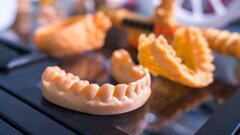


















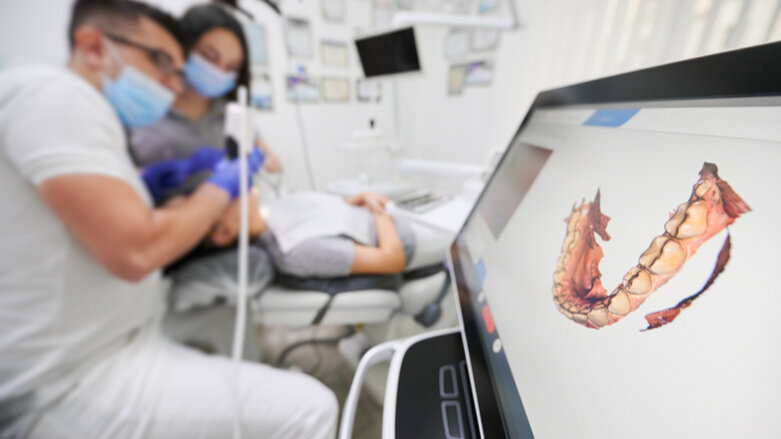

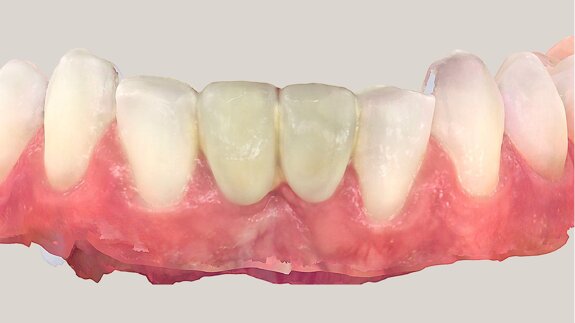
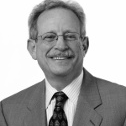
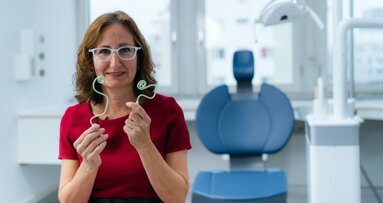
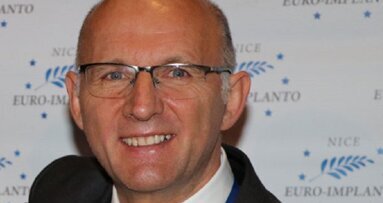
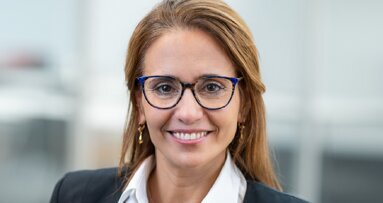
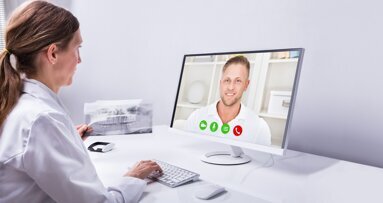
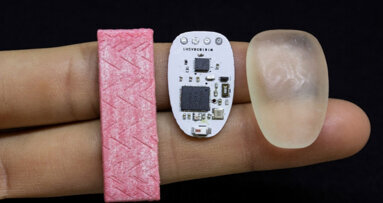
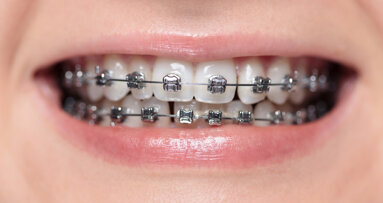
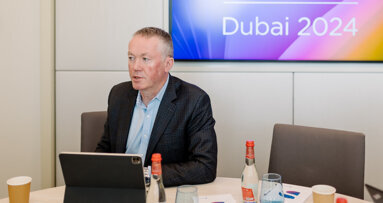

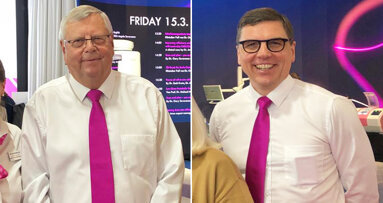











To post a reply please login or register